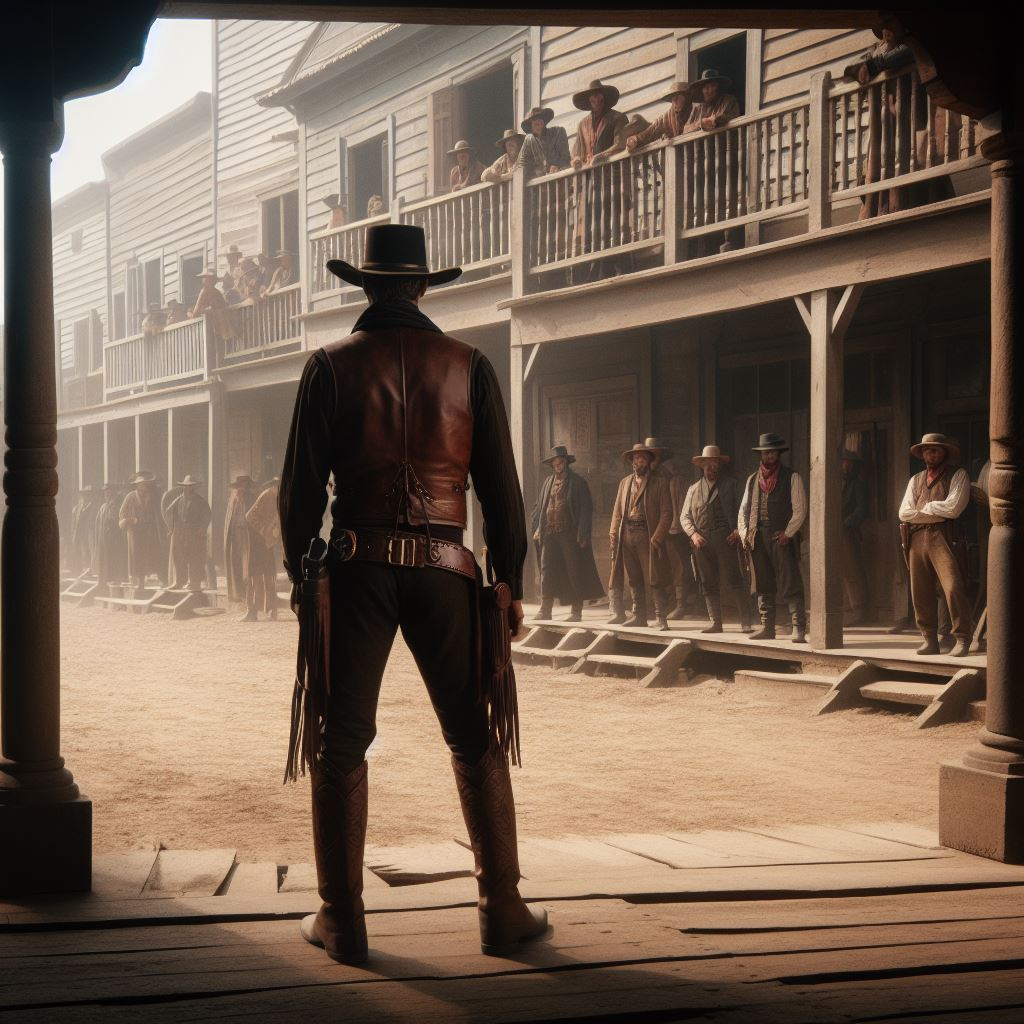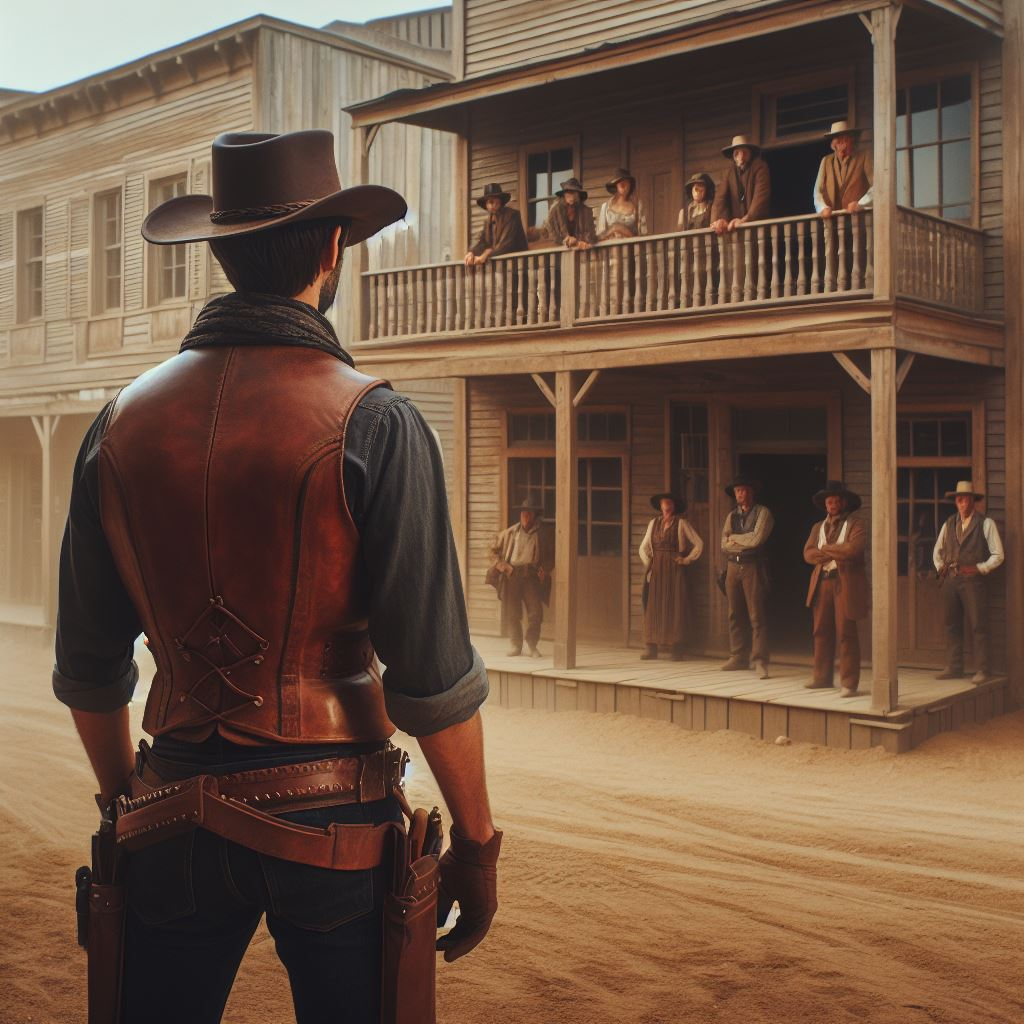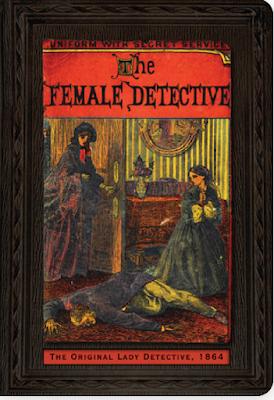If you ever find yourself striving to solve the mystery of what is the worst motion picture ever made, follow the trail no further than Hillbillys [sic] in a Haunted House. The film has everything a 1940s Poverty Row horror comedy should have: aging horror movie actors and no-talent leads; a story in which the creepy “haunted” house turns out to be a lair for foreign spies; substandard special effects, and college theatre production values. There’s even a gorilla in a cage in the basement. The problem is that it wasn’t made in the 1940s. Hillbillys in a Haunted House─ which is remembered today (if at all) for the casting of Basil Rathbone, Lon Chaney Jr., and John Carradine as the spies──was shot in late 1966 and released the following year.
Even if it had been made in the 1940s (with the same cast!) it would be a wretched film, but asking audiences to accept this antiquated mess it a year before Rosemary’s Baby and Night of the Living Dead is simply insulting.
Produced specifically for the Southern theatrical circuit, the film was the follow up to producer Bernard Woolner’s 1966’s gem Las Vegas Hillbillys, which starred country singer Ferlin Husky, perennial starlet Mamie Van Doren, and novelty songwriter Don Bowman. Husky and Bowman returned for Hillbillys, but Van Doren was replaced by Joi Lansing, a road company Jayne Mansfield who never quite made it to stardom (for the record, the real Mansfield also appeared in Las Vegas Hillbillys).
While Husky was no actor, there is some entertainment value in his imitation of a werewolf transformation any time he goes for a high note. The dyspeptic Bowman is ostensibly the film’s comedy relief, and to be fair, he is funnier than Jack Lord. But only barely. As for Lansing, she can sing (if not act) and no one filled out a chambray shirt better.
Hillbillys in a Haunted House begins with these three Dixiefied “Bowery Boys” surrogates motoring their way to a Country Music Jamboree in Nashville, but before long they find themselves in the middle of a gun battle between two spies and the police─ literally in the middle. Their luxury convertible is the only thing separating the guns-a-blazin’ shooters. When the bullets stop flying, they move on and decide to shelter for the night in an old plantation house where “terrifying” things begin to happen, all orchestrated by the spies who work for a wannabe Dragon Lady named “Madame Wong” (played with Acquanetta-level incompetence by Linda Ho). The goal is to infiltrate a nearby missile factory (something every small town should have).
Having last worked together in the threadbare 1956 shocker 3.JPG)
The saddest part of watching Hillbillys in a Haunted House is seeing the great Basil Rathbone struggling through his last film (he died only two months after its release). Once the cinema’s top villain, then its preeminent Sherlock Holmes, Rathbone in later years found himself adrift in a changing youth-and-realism-oriented Hollywood. Always in need of money to support his wife’s legendary, extravagant party-giving, he was forced to accept roles in drive-in pictures, do spoken word records, and shill Leisy Beer on television just to keep going. Unable to muster up much energy or enthusiasm, Rathbone underplays his role and his trademark crisp speech is somewhat slurred with age and illness. But at least he appeared to have read the script, unlike Carradine, who at one point calls Rathbone’s character “George” when it’s supposed to be “Gregor.”

Someone named Duke Yelton wrote Hillbillys in a Haunted House, making it a compendium of every hokey, cornball Halloween gag in the book, from the ubiquitous ape in the basement to flying a sheet around a string to simulate a ghost. Yelton never scripted another film (for which we should all be grateful). Jean Yarbrough, the picture’s director, on the other hand, was a prolific Hollywood hack whose most notorious movie is 1940’s The Devil Bat, featuring Bela Lugosi and a giant rubber bat wobbling around on wires. Yarbrough is best remembered for his work with Abbott and Costello, particularly in their television series, but here his clumsy staging and inability to elicit any convincing performances falls short of even the TV standards of the time short of even the TV standards of the time.
If nothing else, suffering through 86 minutes of Hillbillys in a Haunted House makes one realize that, despite his best efforts, the legendary Ed Wood, Jr. did not make the worst film ever. Reportedly, a 1969 epic called The Mummy and the Curse of the Jackals, also with Carradine, is every bit as atrocious as Hillbillys in a Haunted House. But I have no interest in finding that out for myself.



.jpg)













,_frontispiece_-_BL.jpg)













